The Mikro Kap Watchlist series continues with another interior furnishing business.
This is a short story about Colefax, AIM's buyback machine No. 1
$CFX.L
Colefax is yet another designer of luxury fabrics and wallpaper. However, it's more asset-light than SDG, the company discussed in my previous write-up. Colefax doesn't manufacture textiles internally but instead outsources that work to a network of over 120 suppliers. This type of model allows for higher and more stable margins throughout the cycle, but also brings less control over product quality and less flexibility to test new designs.
Colefax, like SDG, was founded a long, long time ago. It began in the 1930s as an ultra-luxury interior design firm that decorated homes (mansions) of the UK's wealthiest.
Here's a snapshot from the company’s prospectus from 1988, demonstrating just how influential Colefax decorators were at the time.
Aside from the information in the prospectus above, Nancy Lancaster, one of Colefax' owners during the ‘50s, elevated CFX's reputation to new heights. She pioneered the now-iconic "English Country House," often known as the "English Style,” around the world.
Also, experts consider the "Yellow Room," which she once decorated, to be one of the most iconic and influential interiors in English design history.
Later in the century, CEOs who succeeded Nancy, opted to leverage this strong brand perception and expertise from their decorating business to start designing and selling their own fabrics. Moreover, the current CEO, David Green, also pursued acquisitions in the ‘90s and built a portfolio of five premium fabrics and wallpaper brands, including Colefax and Fowler, Larsen, Cowtan and Tout, Jane Churchill, and Manuel Canovas. All of the acquired brands were formed in the 20th century and are currently sold in over 50 countries worldwide via trade showrooms in the US and various retail channels elsewhere.
While all five brands target the luxury or premium market, each has its own distinct look, price, and style, designed in a separate studio and catered to a specific segment of the market.
This segment is now known as Colefax's Product Division and contributes for close to 90% of CFX sales, while the historical decorating business was comparatively outgrown and fell 10-15% of total revenue. Although still giving the same decorating services to the UK's „aristocracy.“
“The client list (resolutely confidential) includes royalty and celebrities, businessmen and women, bohemians, and many in between. Each of the eight interior decorators has their own support team and work independently of one another.” ~website
Colefax is a business that has stood the test of time and demonstrated that its brands face no fashion risk and little competition risk. Additionally, the management has been very careful over the years to preserve this brand IP by avoiding licensing deals, not introducing sub-brands or extensive collections, as well as by limiting the availability of their fabrics online to “ordinary customers.” Instead, they like to focus on trade showrooms and interior designers.
I can’t recall the last time I analyzed a <50M market cap company that has been public for over 35 years and maintained such consistent gross margins over time.
Not a single year with gross margins less than 52.5% and not a single year greater than 57%, showing ability to price their products as they see fit. The only “swings” between 53 and 57% are due to the timing of project completions for their decorating division and exchange rate fluctuations.
Since the inorganic strategy was concluded in 1998, CFX has compounded both revenues and normalized EBIT at a 3% CAGR till FY 2024. I am very confident that this organic, low single-digit growth can continue indefinitely due to CFX pricing power.
For example, their 1988 prospectus reveals that retail prices for its fabrics and wallpaper ranged from £15 to £30 per meter at the time. Today, that number is £150 to £200 per meter for most of their fabrics. And, in the event of rising inflation or increased market penetration in the United States, Colefax's growth rate will see a big boost.
With the overview out of the way, here are the two things that drew me to Colefax.
First,
The management
While I find the operators at SDG almost as a bear thesis for the stock, in the case of CFX, the management is undoubtedly a net positive.
A single screenshot from the annual report shows exactly what I mean.
This green flag of a paragraph demonstrates both their honesty, their focus on cash flow and maximizing ROIC, and their capital allocation prowess via buybacks.
The architect behind this share cannibalization journey is CFX’s current Chairman and CEO, David Green.
He purchased a stake in CFX in the 80s and began running it. After a series of successful acquisitions that ended in 1998, he changed his style and determined that, rather than paying up to acquire competitors’ brands, the best way to maximize return on capital employed was, in fact, his own stock.
Since then, he has bought back more than 80% of total shares outstanding (including the recently announced buyback) and grown EPS at a 9% CAGR over 26 years.
CFX’s buyback strategy is attractive to me for several reasons. First, it shows that David doesn't want to build an empire but is instead humble enough to admit that there are no attractive opportunities to reinvest and that the best way to grow "value per share" is to actually shrink the business.
Second, it's unusual, and I mean very unusual, to find a company in Europe that's doing buybacks of this magnitude. Third, it's even more unusual to find out that this share cannibal is, in fact, a micro-cap. Fourth, unlike other micro-cap CEOs who use illiquidity as an excuse, the illiquidity of CFX shares did not deter David from buying back shares, and he was "sophisticated“ enough to pursue them via tender offers.
And fifth, buybacks were done at more than reasonable prices, as he thinks in terms of earnings yield, or what he refers to as the „cost of equity capital.“
As can be seen in the chart above, CFX executed buybacks and retired shares on numerous occasions in the past. But to give you a better picture, I compiled only their larger tenders and the most recent reverse bookbuild to show how reasonable or unreasonable these were.
These tenders were IMO very effective, and I find the remaining buyback activity similarly appealing, with average execution at low double-digital earnings yield.
Colefax business can earn high returns on the reinvestment; however, it clearly lacks attractive growth opportunities, and the buyback activity is what has allowed CFX stock to compound well since the termination of the inorganic growth in the fiscal year ending April 1998 until today. Or a 10-bagger in ~26 years, while currently selling at a very cheap valuation of roughly 5x EV/normalized FCF.
Aside from his capital allocations skills, David also kept the company operationally tight during his tenure, as shown in the charts below.
The second thing that drew me to this business was how well it performed during this industry crisis.
Industry
In my last write-up, I explained why the US market is that more attractive and resilient than others. Colefax has around half of its business there and has compounded revenues at 5.5% CAGR over the last 5 years in the US. I expect this favorable trend for them and for most of their rivals will continue into the future, so further discussion is unnecessary.
I also mentioned that, on the other hand, high interest rates, Brexit, a weak consumer, and the winding down of pandemic-induced demand have brought serious pain to the non-US industry in recent years. All companies suffered; none could avoid it. However, Colefax stood out as a standout winner in its historic core markets.
This can be best demonstrated by comparing it to its older brother SDG, to Cole & Son, and to two other peers similar to CFX that are only highlighted in the 37-year-old prospectus.
Since SDG is CFX’s only publicly traded peer in the UK, has sales comparable to Colefax, and has published data through FY 2024, I separated it from the rest. This was not the case for the remaining, privately held companies.
Although the comparison is not exactly apples-to-apples due to the differences in FY ending as well as product portfolio, Colefax emerges as a clear winner and is likely taking market share. And this is exactly what I want to see in this competitive, fragmented industry.
Business-wise, I find Colefax a durable business operating in a not-so-attractive industry.
Valuation-wise, I start liking it even more.
Normalized FCF
(above and below is not adjusted for the most recent buyback, although the end result is the same)
In a typical year, I think Colefax can generate at least £1 in FCF per share after leases, compared to its current EV of £5 per share. Or a 20% FCF yield for a FCF that will grow LSD perpetuity, as well as future buybacks that will help the per share number.
I find this very cheap for a durable share-cannibal like Colefax. And I believe that UK investors, as usual, undervalue companies that prefer buybacks over dividends.
At these levels, the valuation process doesn't need a DCF and ends here.
But,
What are the risks to this thesis?
Strong balance sheet, good capital allocation, historic brands, and a 5x EV/FCF multiple take care of most risks, such as US currency risk or a risk of reinvesting into obsolete inventory.
However, I might be underappreciating the „forward looking nature “of AIM investors. Or the lack of it.
Although cheap, I’m not sure how many local investors are aware that „sales in the UK were down by 12% and sales in Europe were down by 2%, all on a constant currency basis” in the first 21 weeks of this fiscal year.
This info was highlighted at the AGM a month ago, and I don’t know whether it will be “fully appreciated” until the market until the next half-year results and the corresponding numbers are released in January.
This doesn’t invalidate my thesis, but this does mean that the next half-year results will be uglier than last year, and some investors, who aren’t following CFX closely, may provide me with an opportunity to buy “on the cheap(er).”
The second main risk to the thesis is also related to the industry cycle. Again, I believe this is merely a risk in the short-term. As you might expect, selling expensive or luxury fabrics to the rich is recession-resistant business; nonetheless, it is still tightly linked to demand in the high-end housing market.
This market can be cyclical, and with higher interest rates, you'll obviously have more muted demand for housing. And during boom times, you'll have new competitors entering the industry with their fresh new products. This can result in temporarily lower returns for CFX yearly designs since, in the years after a boom, these new entrants tend to discount their products and therefore lower the returns for the industry.
I believe this case is exactly what has been transpiring for SDG and CFX over the last year or two. With many competitors who sought to capitalize on the temporary surge in house-related spending during the pandemic now going out of business.
Despite these somewhat cyclical characteristics of the industry, Colefax has been able to remain profitable each and every year thanks to its asset-light structure and tight cost control. They remained profitable even throughout the GFC, with 1993 being the last year in which P&L posted negative profits.
Another factor that Colefax is using to smooth out volatility in earnings and FCF are regular buybacks. This is especially noticeable during the present downturn. From 2022 peaks to 2024 troughs, net income declined by 32%, but thanks to tender offers, EPS decline was only half as painful, dropping 15% from its peak.
This could be another thing that Mr. Market might be overlooking. After all, 6-7M in FCF is not the same, with 9M shares outstanding during the pandemic and with 5.9M in shares outstanding with the most recent buyback completed.
Furthermore, the worst profitability drawdown in this century was during the GFC, when EBIT fell by 52% from peak to trough, and we are now already at a 29% decline. Let's say a worse case GFC-level scenario occurs and EBIT drops in half from its peak of 11.9M in FY 2022.
So, with 6M in EBIT and 6M in shares outstanding, you’d still be paying only 5x EV/EBIT for trough earnings. I like that risk-reward.
The third issue with this setup is the key-man risk. David has been frequently participating in tender offers and trimming his shareholding since 2012. He still owns 18% of the company, but I believe that his age of 78 years old on the scale signals he wants out. So he'll either sell one day, which IMO will be considerably higher than the current price, or he will find himself a successor. And the question is whether that successor will be as operationally savvy and whether David's buyback culture is engrained in CFX’s modus operandi.
Why does this opportunity exist?
With a 51M market cap (before the most recent buyback) and with the top three shareholders holding more than half of the outstanding shares, most institutions or rich retail are unlikely to buy or even consider it. On a typical day, just about 5K shares trade hands, making it difficult to sell once you’re in.
Moreover, there is no meaningful discussion on CFX on Fintwit, and all UK investors with whom I spoke were either unaware of the stock until I mentioned it or hadn’t done proper due diligence.
IBKR having no access to buy CFX doesn't help either.
For the few that do understand the business, I think it's probably difficult to buy into a company whose earnings are about to „fall off a cliff” in the near term.
The first provides a structural advantage to retail investors, while the second is of a temporary nature.
Expected FED or BoE rate cuts should help housing demand, which will, with a ~2-year delay, translate into higher demand for CFX products and a possible catalyst for the stock.
Compared to SDG, Colefax is a less risky and less levered way to play this cycle and cheaper. However, SDG’s asset-heavy structure might result in greater operating leverage once the cycle begins to recover. Its licensing segment offers more optionality.
If I wasn’t already fully invested and had a broker account that can access CFX, I would already buy a starter position here at ~20% FCF yield. I'll make sure to open it until January and hopefully buy into weakness then.
As always, thank you for reading this write-up, and I hope I gave you an idea to buy, follow, research, or add to your watchlist. Or at least provided you with a one-of-a-kind case of a mini UK share cannibal.
And if you wish to support this kind of work, consider becoming a free or paid subscriber.
The Mikro Kap uses information sources believed to be reliable, but their accuracy cannot be guaranteed. The information contained in this publication is not intended to constitute individual investment advice and is not designed to meet your personal financial situation. The opinions expressed in such publications are those of the publisher and are subject to change without notice. You are advised to discuss your investment options with your financial advisers.
Consult your financial adviser to understand whether any investment is suitable for your specific needs. I may, from time to time, have positions in the securities covered in the articles on this website. This is not a recommendation to buy or sell stocks. Due your own due diligence. The author reserves the right to buy or sell any securities mentioned in this article at any time, without prior notice.






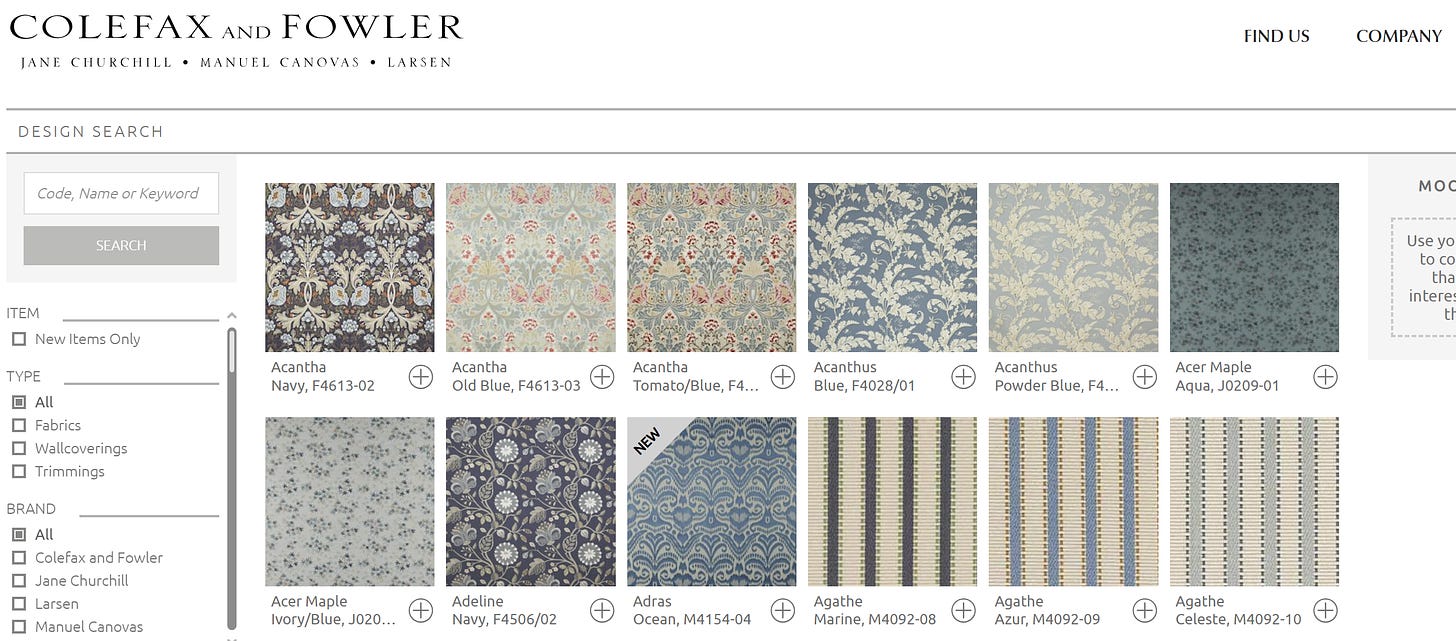
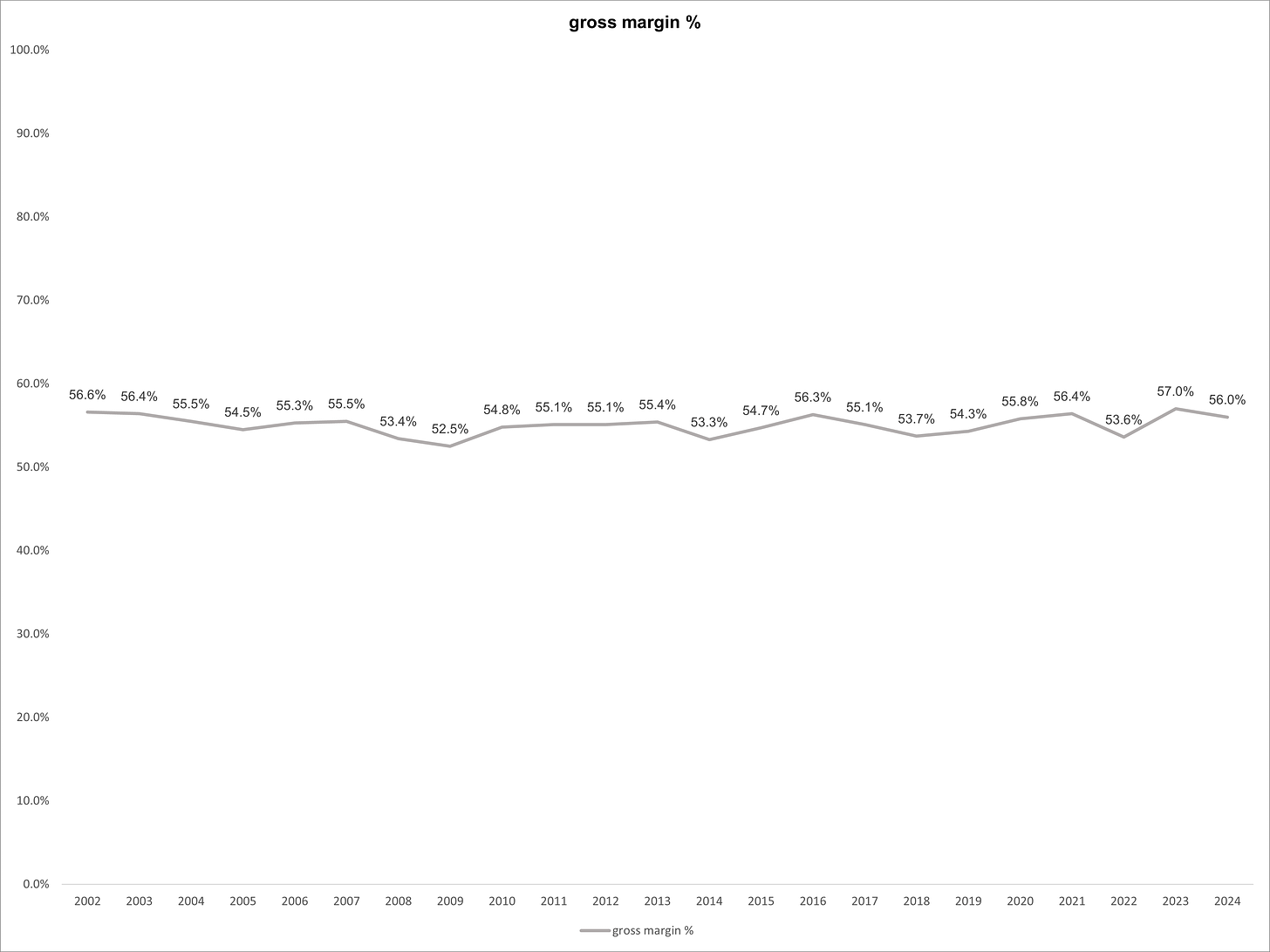
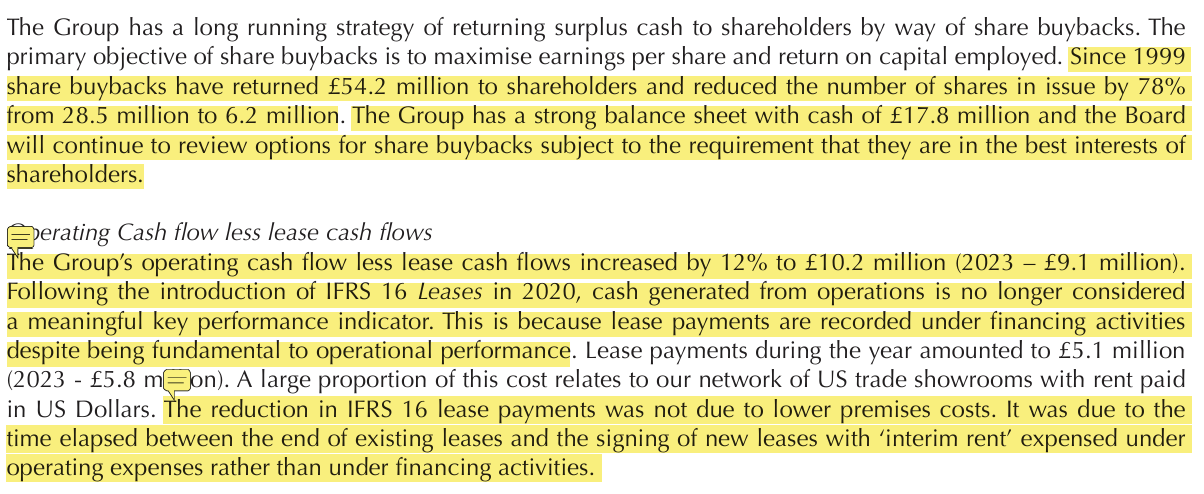
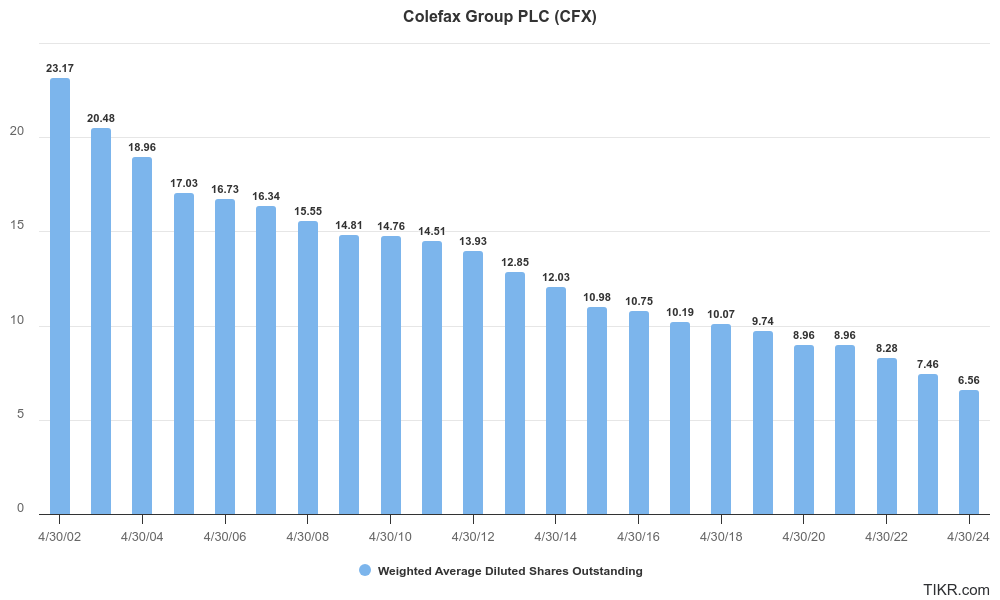
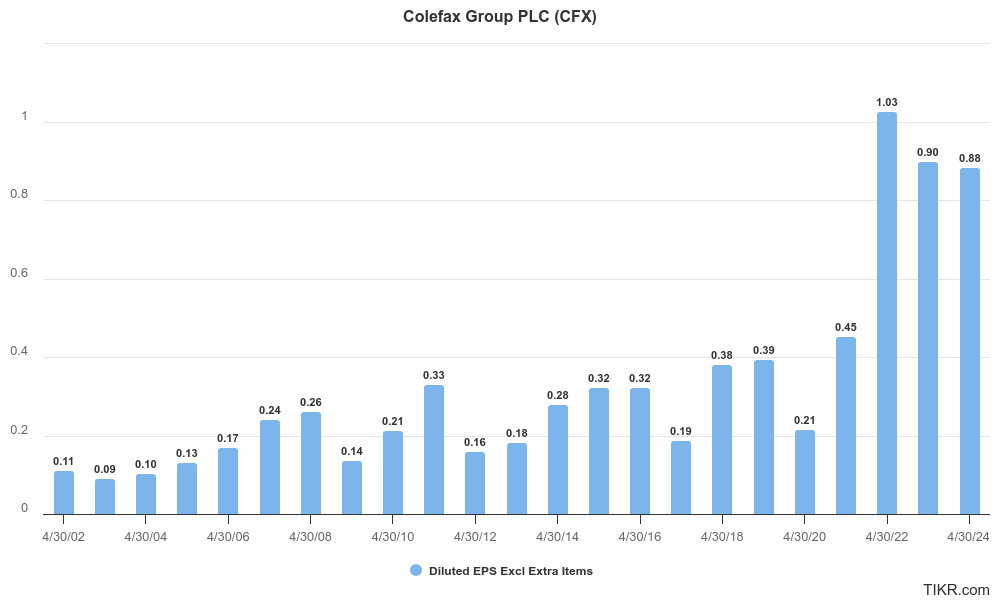

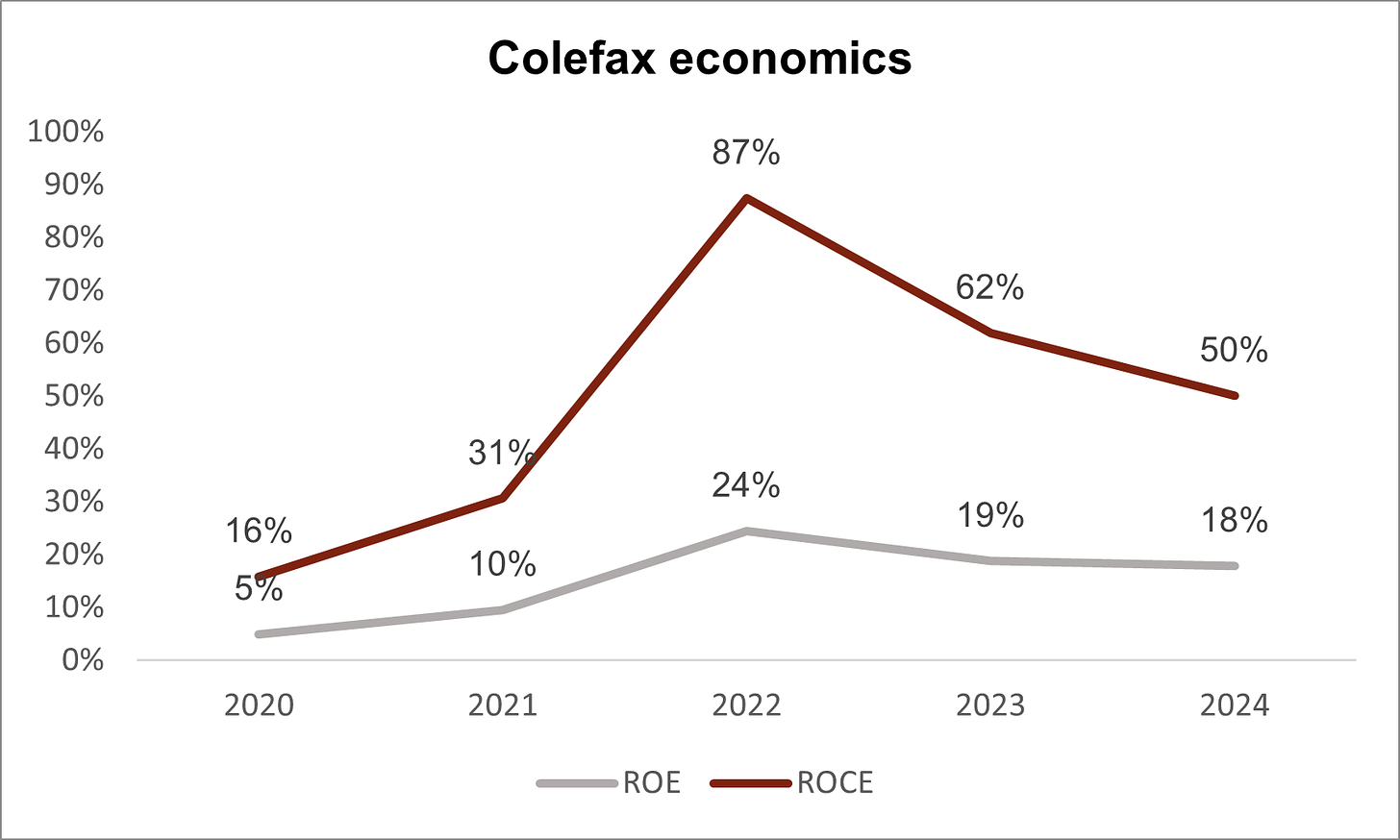
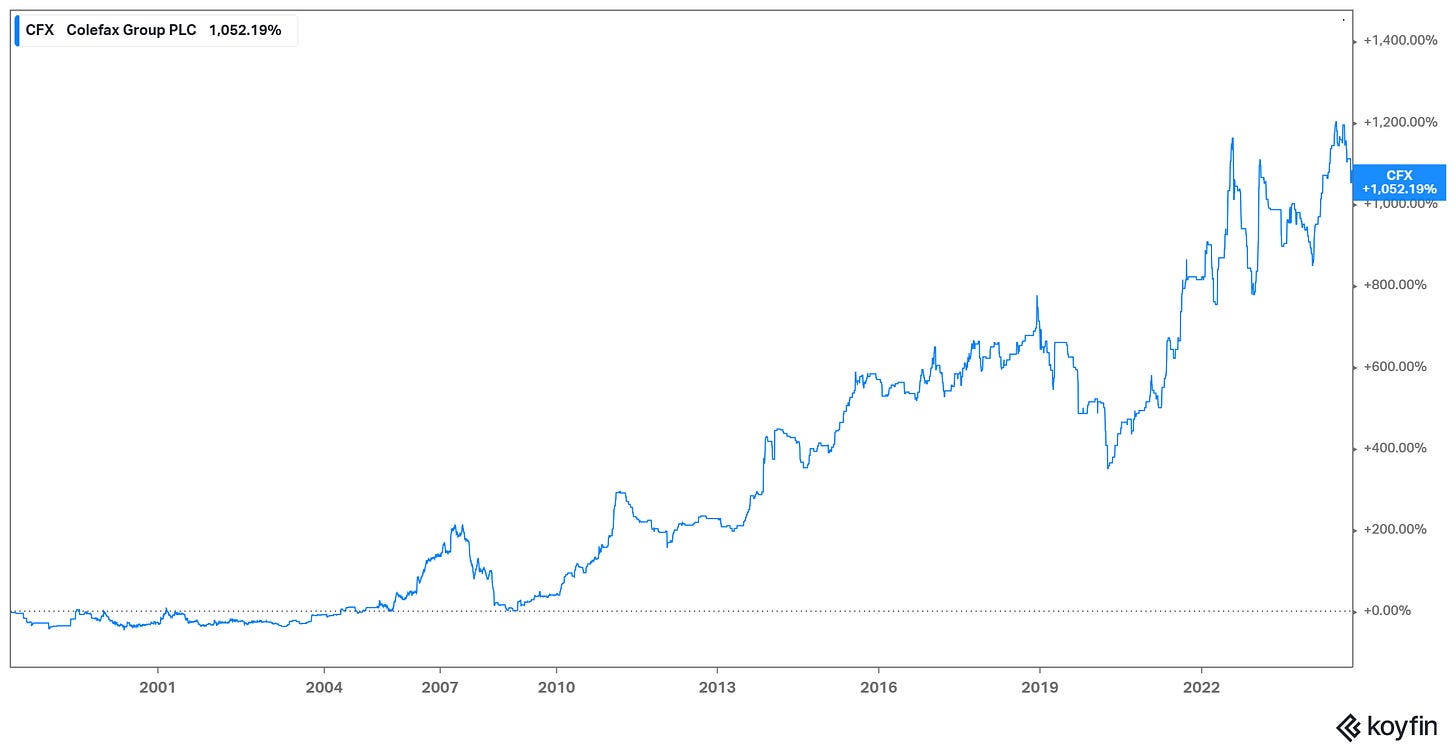

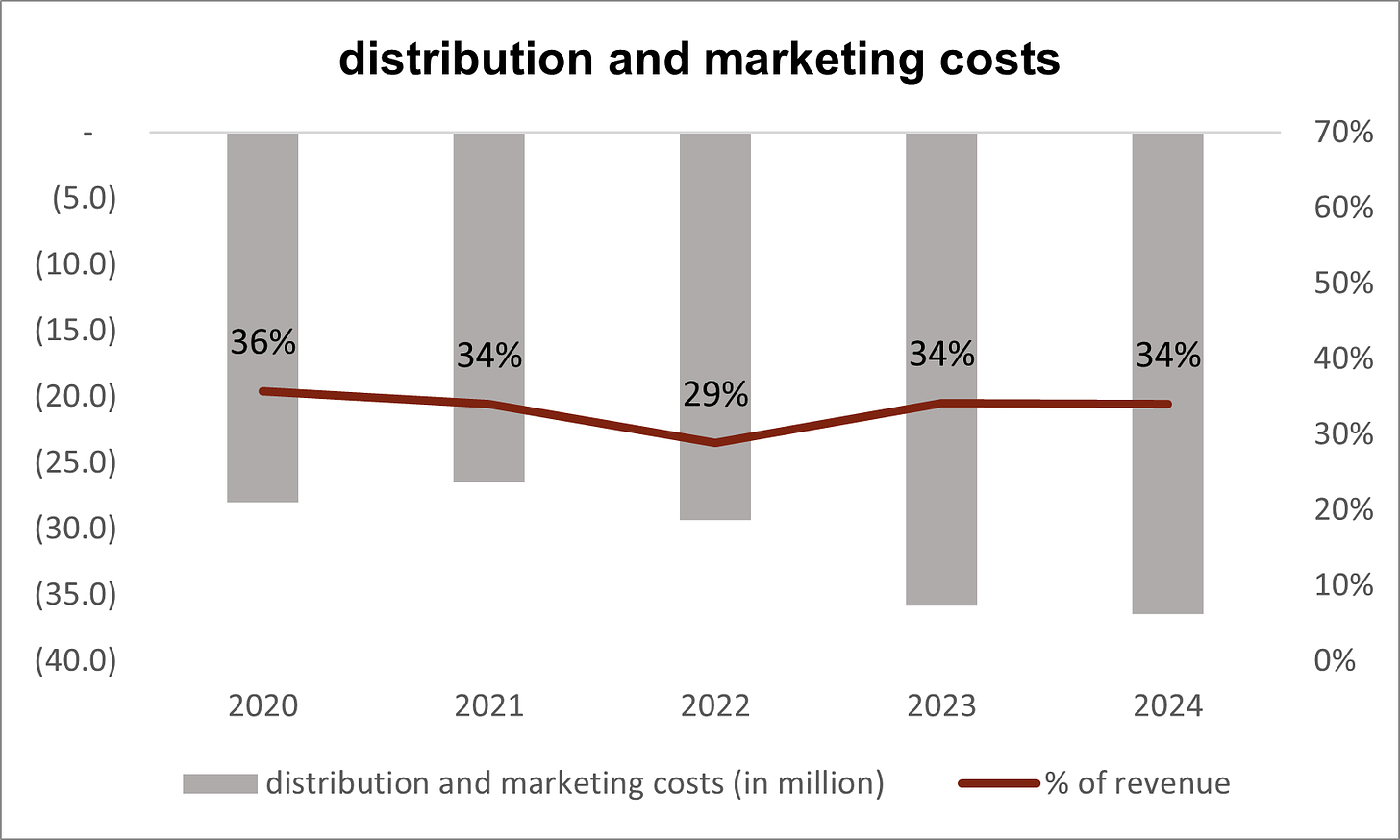
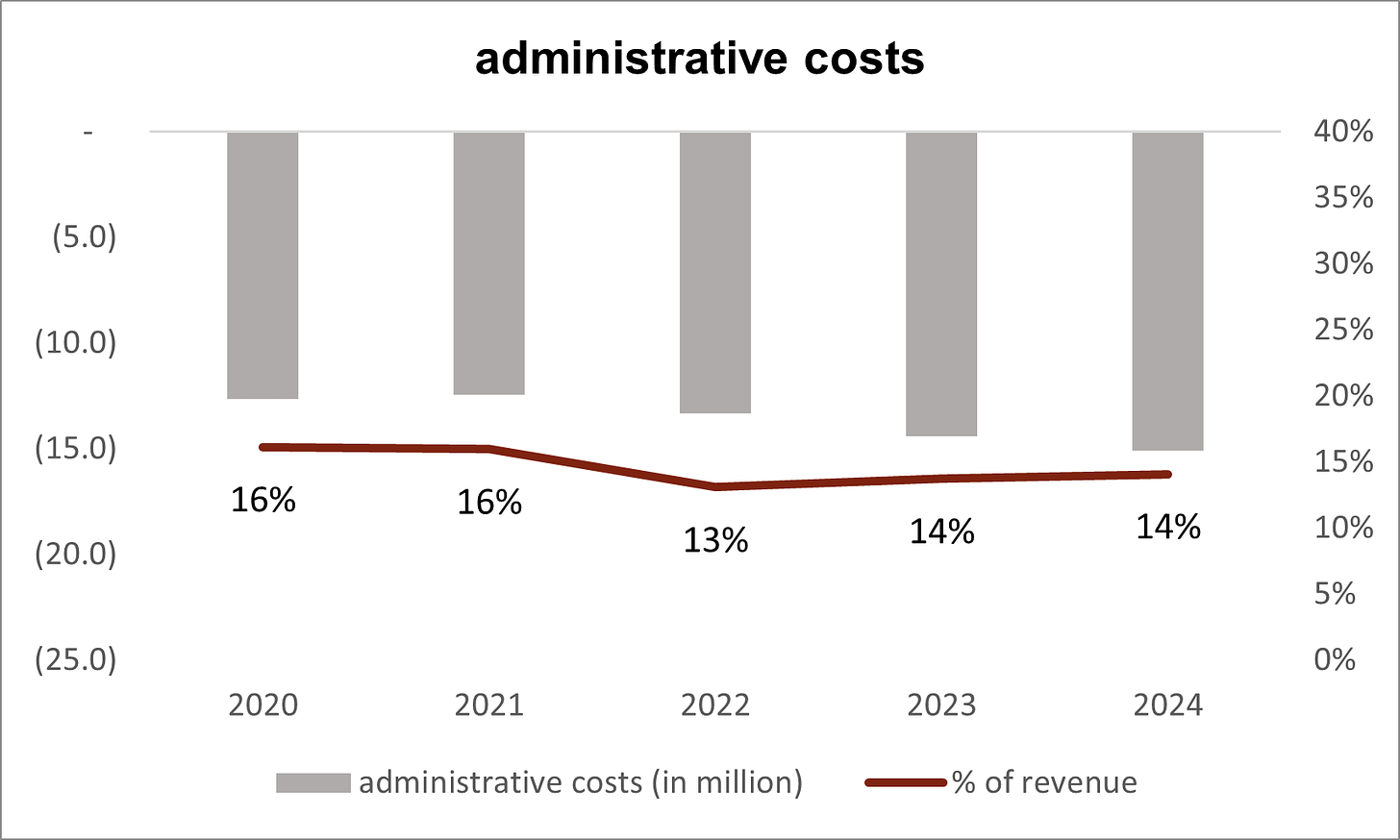
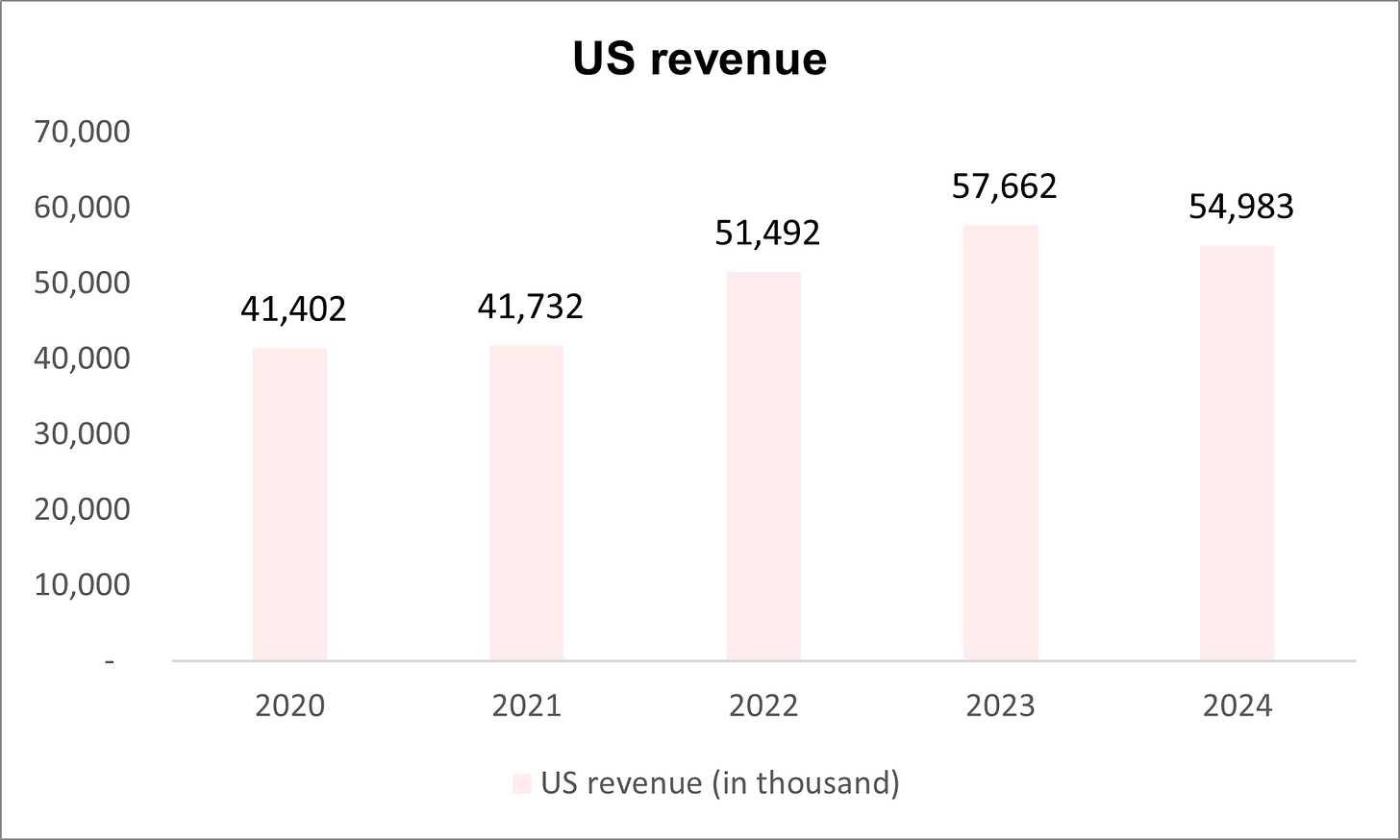

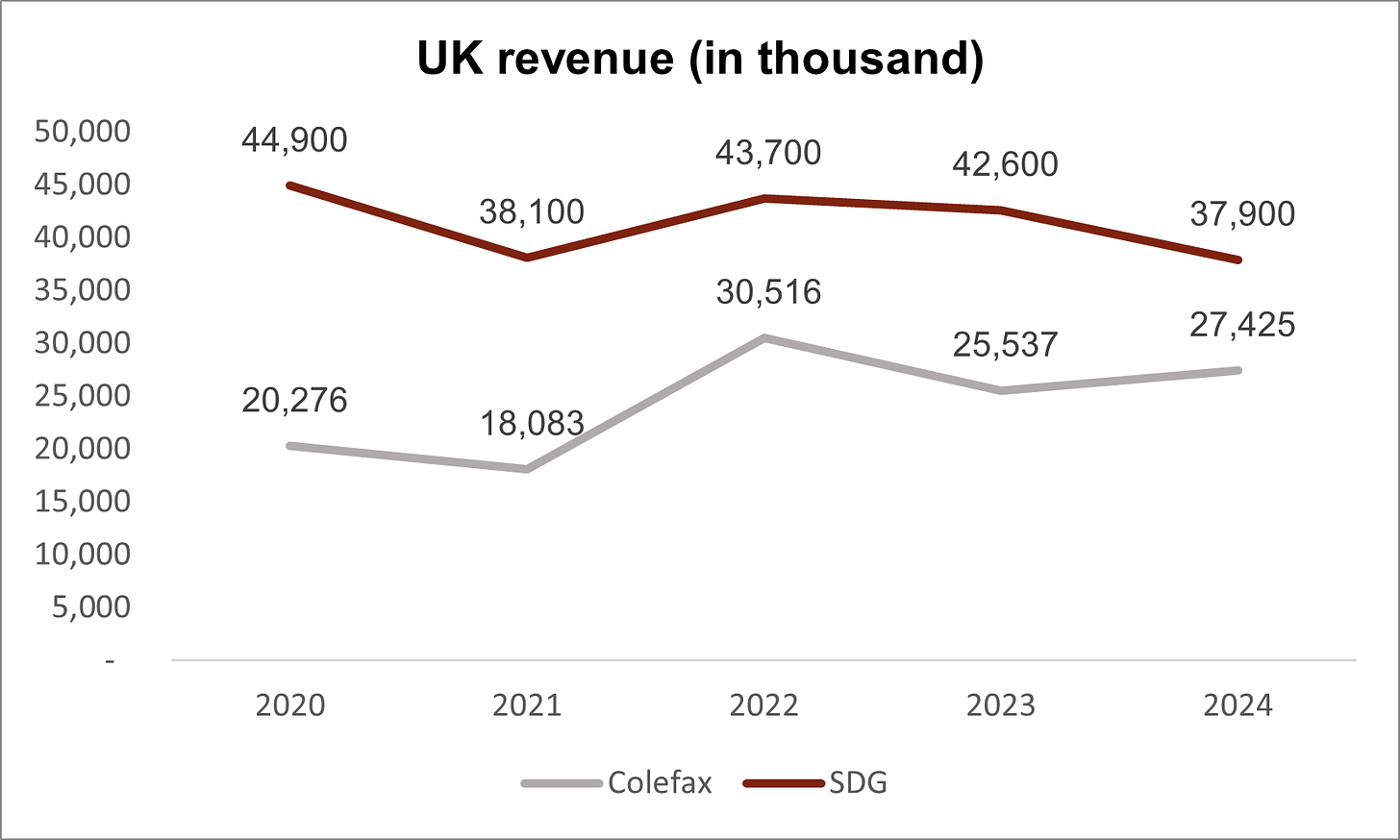
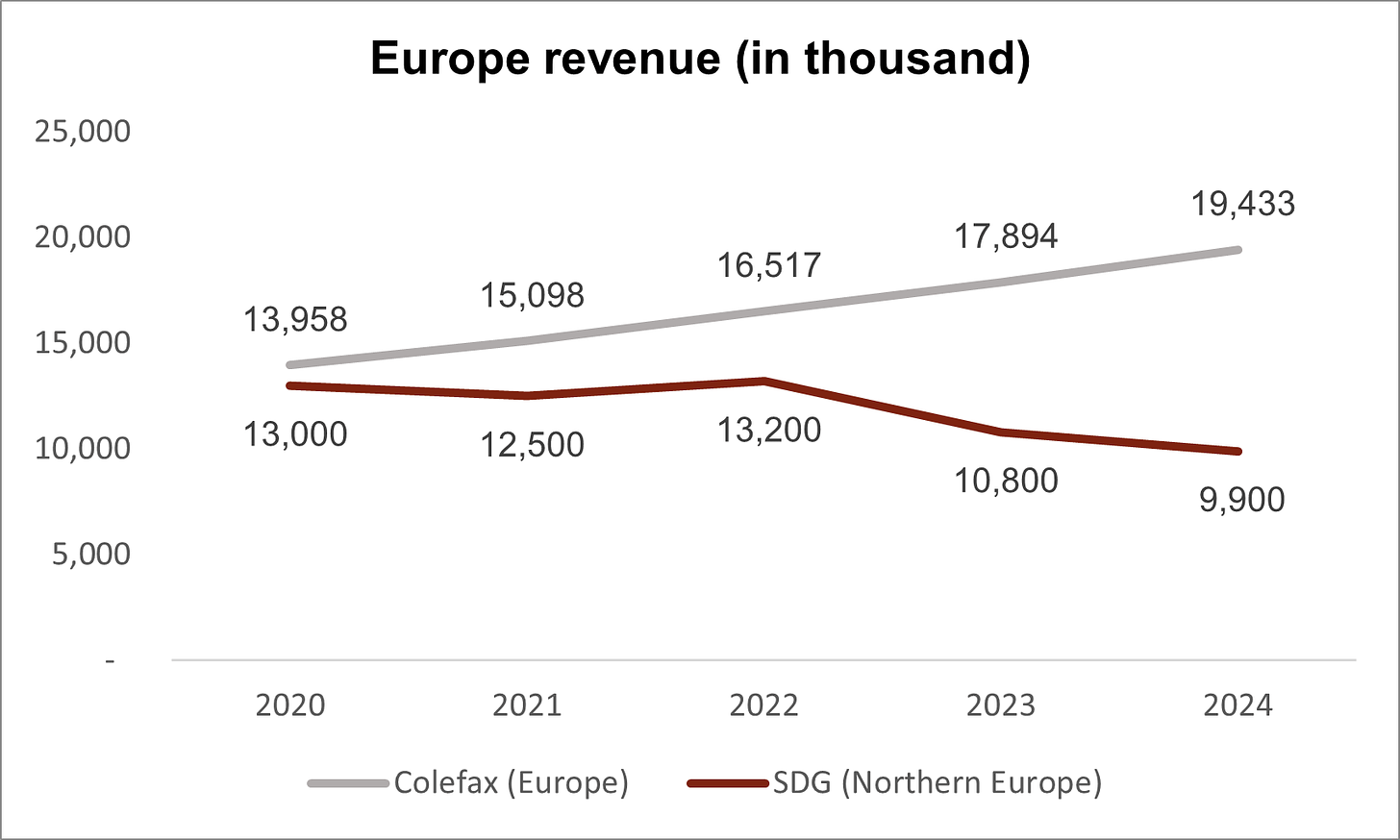
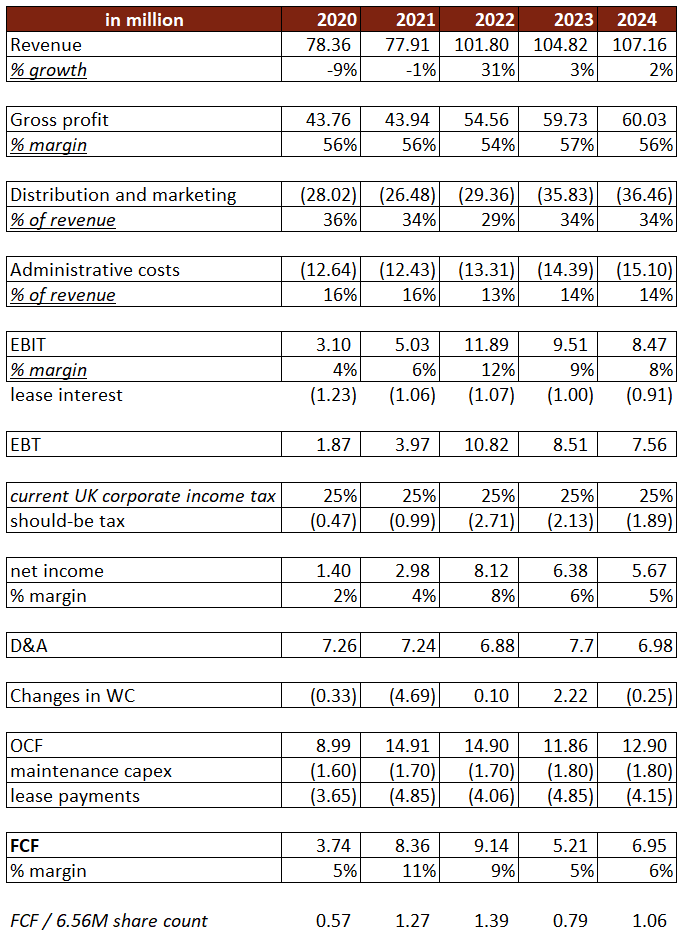
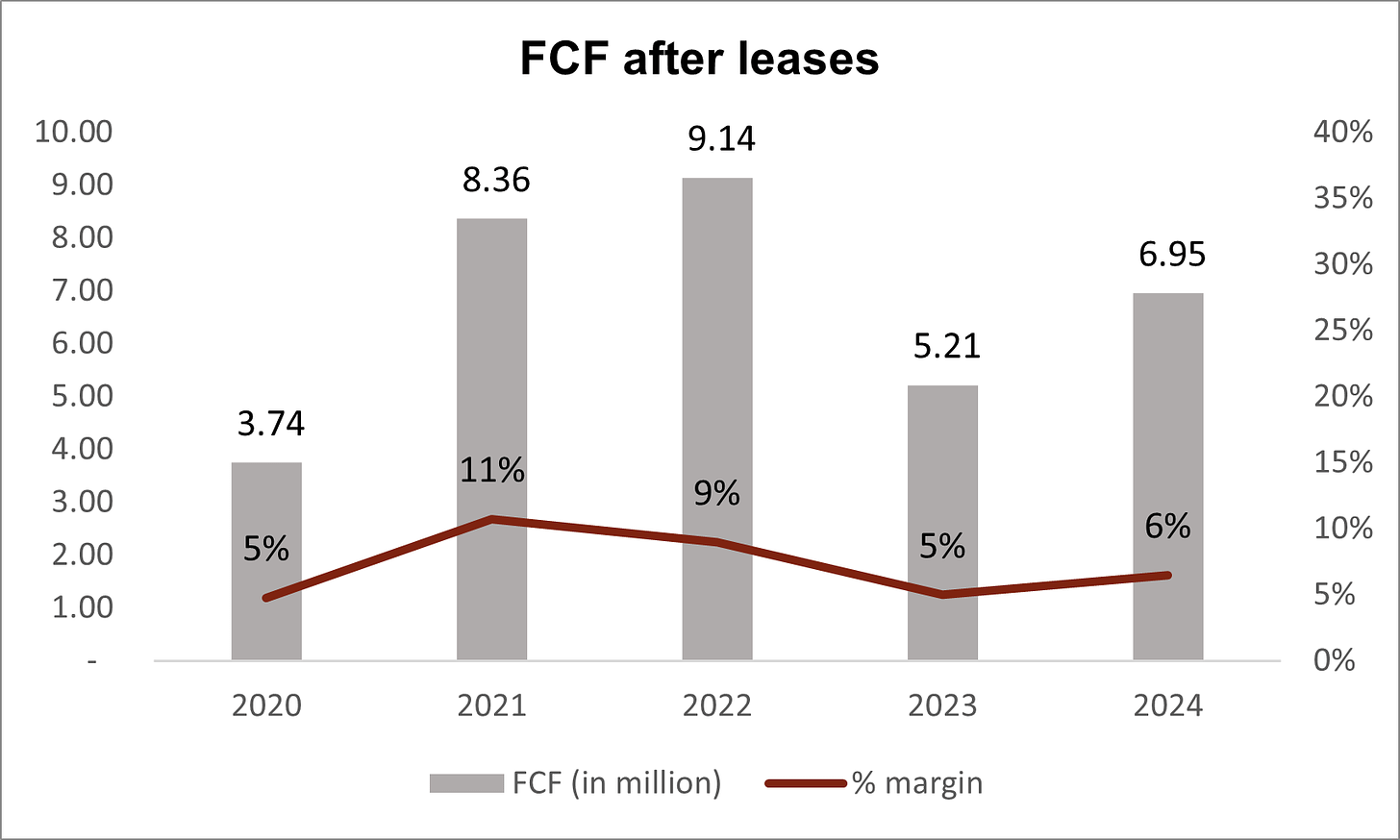
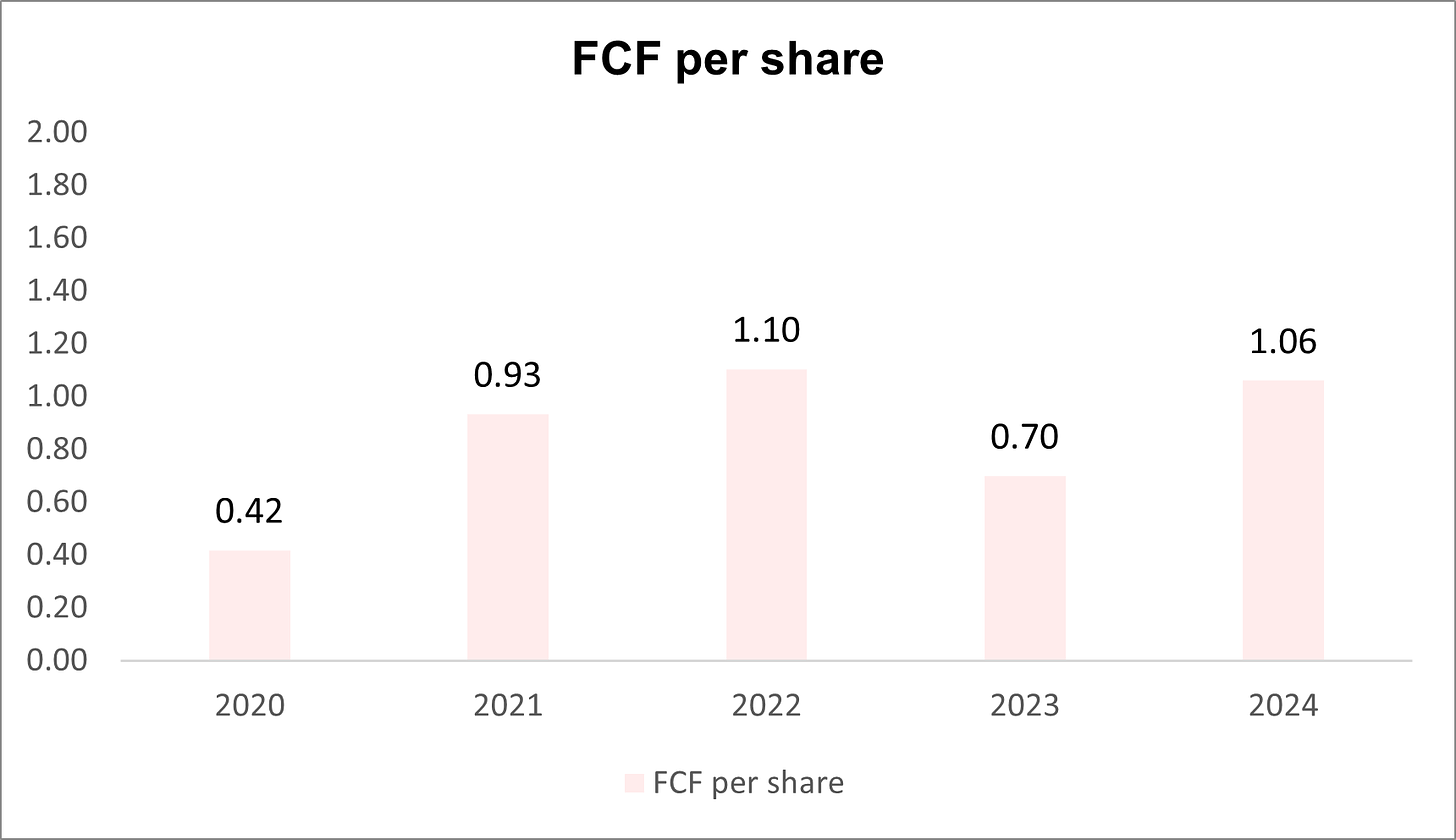

Great find!
Really interesting idea💡
Anyone found a broker who does let you buy this? 👀